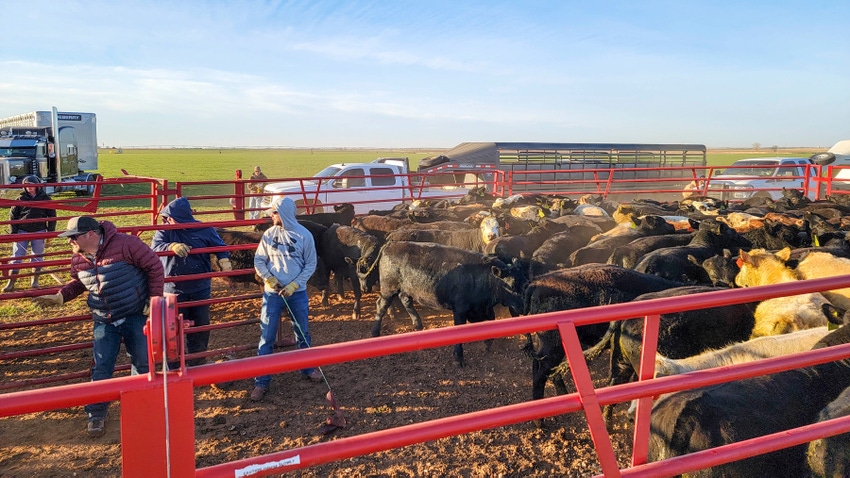Opening Growth Prospective: Bagley Risk Management Approaches
Opening Growth Prospective: Bagley Risk Management Approaches
Blog Article
Comprehending Animals Danger Protection (LRP) Insurance: A Comprehensive Overview
Browsing the world of animals risk protection (LRP) insurance coverage can be a complicated venture for several in the farming field. From how LRP insurance functions to the different coverage alternatives readily available, there is much to discover in this thorough overview that might potentially shape the method livestock producers approach risk monitoring in their organizations.

Just How LRP Insurance Policy Works
Periodically, recognizing the mechanics of Livestock Risk Defense (LRP) insurance can be complicated, however damaging down how it works can offer clarity for breeders and farmers. LRP insurance is a threat administration device made to shield animals manufacturers against unexpected price decreases. It's vital to keep in mind that LRP insurance policy is not a revenue guarantee; instead, it focuses solely on price risk protection.
Qualification and Insurance Coverage Options

When it comes to coverage options, LRP insurance provides manufacturers the versatility to select the protection level, coverage period, and endorsements that ideal suit their danger administration requirements. By understanding the eligibility criteria and coverage alternatives offered, livestock manufacturers can make enlightened decisions to manage risk properly.
Benefits And Drawbacks of LRP Insurance Coverage
When examining Livestock Threat Security (LRP) insurance coverage, it is vital for livestock manufacturers to consider the benefits and downsides inherent in this risk administration tool.

One of the key advantages of LRP insurance policy is its ability to provide defense against a decrease in animals rates. In addition, LRP insurance provides a level of flexibility, permitting manufacturers to tailor protection degrees and policy durations to match their specific needs.
However, there are also some downsides to take into consideration. One constraint of LRP insurance policy is that it does not shield versus all kinds of dangers, such as disease outbreaks or all-natural calamities. Additionally, premiums can in some cases be costly, specifically for producers with large animals herds. It is crucial for producers to meticulously analyze their specific danger exposure and financial circumstance to identify if LRP insurance coverage is the ideal risk monitoring tool for their operation.
Recognizing LRP Insurance Premiums

Tips for Optimizing LRP Advantages
Making best use of the benefits of Livestock Risk Defense (LRP) insurance requires critical planning and positive risk monitoring - Bagley Risk Management. To maximize your LRP protection, take into consideration the adhering to pointers:
On A Regular Basis Analyze Market Conditions: Stay educated regarding market trends and rate fluctuations in the livestock industry. By monitoring these elements, you can make informed decisions regarding when to buy LRP protection to secure versus potential losses.
Set Realistic Protection Levels: When selecting protection levels, consider your production costs, market price of livestock, and potential threats - Bagley Risk navigate here Management. Establishing realistic coverage degrees Read More Here makes certain that you are adequately safeguarded without overpaying for unneeded insurance policy
Diversify Your Coverage: As opposed to counting only on LRP insurance policy, take into consideration diversifying your risk management techniques. Combining LRP with various other risk monitoring devices such as futures contracts or options can offer detailed insurance coverage versus market unpredictabilities.
Testimonial and Readjust Protection Consistently: As market problems transform, regularly assess your LRP insurance coverage to guarantee it lines up with your present danger direct exposure. Readjusting protection levels and timing of purchases can assist optimize your risk security technique. By adhering to these ideas, you can maximize the advantages of LRP insurance coverage and safeguard your animals operation versus unforeseen dangers.
Verdict
In final thought, animals danger security (LRP) insurance is a useful device for farmers to manage the financial threats connected with their livestock procedures. By understanding just how LRP functions, eligibility and coverage choices, along with the benefits and drawbacks of this insurance coverage, farmers can make informed decisions to protect their incomes. By meticulously thinking about LRP costs and carrying out techniques to maximize benefits, farmers can mitigate potential losses and make sure the sustainability of their operations.
Livestock producers interested in obtaining Livestock Threat Protection (LRP) insurance coverage can check out a variety of eligibility requirements and insurance coverage alternatives customized to their details animals procedures.When it comes to insurance coverage choices, LRP insurance offers producers the flexibility to pick the insurance coverage degree, protection period, and recommendations that best suit their threat management requirements.To understand the ins and outs of Animals Risk Security (LRP) insurance coverage fully, understanding the factors influencing LRP insurance policy premiums is critical. LRP insurance policy costs are identified by numerous components, consisting of the protection level chosen, the expected price of animals at the end of the insurance coverage period, the type of animals being look these up insured, and the length of the protection duration.Review and Change Protection Regularly: As market conditions change, occasionally evaluate your LRP protection to guarantee it lines up with your current risk exposure.
Report this page